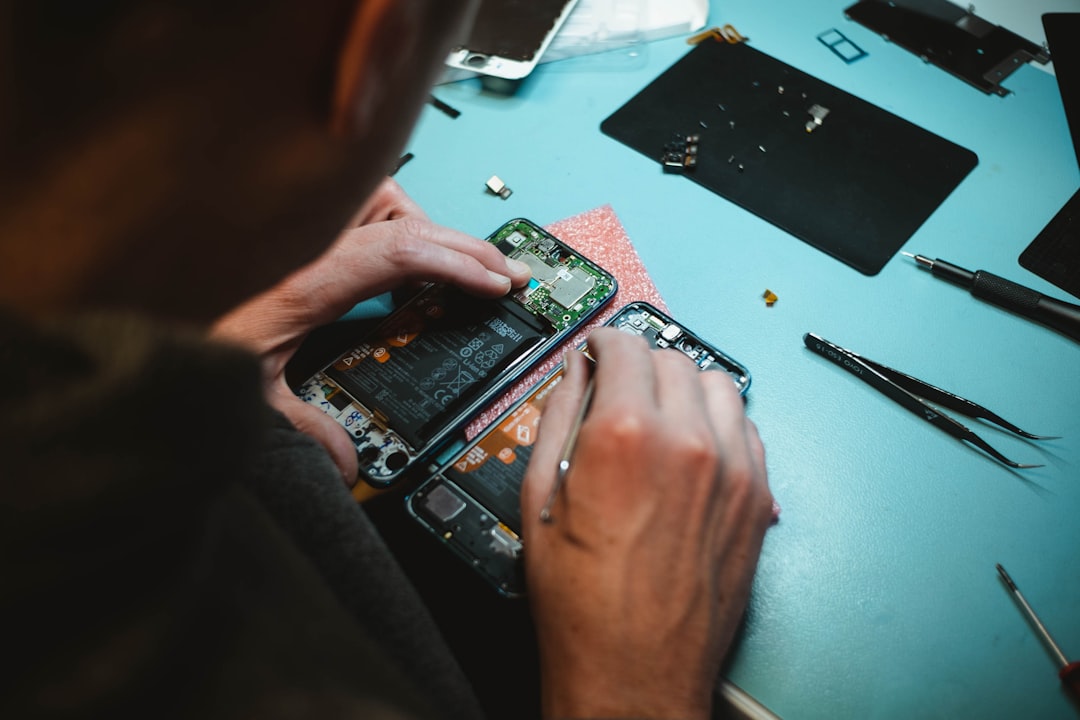Colored contacts with prescription are available for colored contact lens wearers. In previous years colored contacts had a limit in the colors that can be achieved when worn by people with dark toned pupils. Individuals with black and dark brown pupils will find it difficult to find colored lens that change their eye color to one they find appealing except in limited cases.
The History of Colored Contact Lenses
In the 1980’s the colored contact was developed for cosmetic use only. The wearers of these lenses did not seek vision correction, but eye color change or alteration. These zero powered lenses were worn by individuals seeking to improve their appearance and actor performing in theatrical roles. It wasn’t until the 1990’s that colored contacts were available that corrected vision.
Varieties of Colored Contact Lenses
Piano Colored Lenses are zero powered lenses. They do not correct vision and only alter eye color.
Enhancement Tint lenses have partially translucent color that enhances the natural color of light colored eyes. Again, they are zero powered.
Opaque tint lenses have a non-transparent tint that can completely alter the natural eye color. This type of color altering contact can be an effective eye color contact for people with dark and light toned eyes.
Tinted contact lenses have tints that have a function. They will alter the wearers vision in addition to the contribution of the prescriptive factors of the lens. Effectively, these lenses can function as sunglasses. They frequently come in greens and blues.
The Future of Contact Lenses
Colored contacts with prescription could one day be used to correct the growing problem with Myopia. An eye disorder that’s expected to continue its growth to affect up to 49% of the world’s population by 2050. Myopia is sight that gets worse as the elements viewed get further away; essentially, it’s being nearsighted. About 48% of young people could slow Myopia’s development if they were to wear those contacts that correct Myopia today, but the future is yet to come.
Contacts can be used to deliver prescriptions like ophthalmic drugs for Glaucoma patients. The criteria for designing these colored contacts is their ability to be comfortable, biocompatible, and to release a consistent drug dose each day.
The colored contact of today and tomorrow can correct the vision for both single vision and multi-vision disorders. Those same contacts in the future will deliver medications and for contact wearers who are young, may improve vision permanently.









